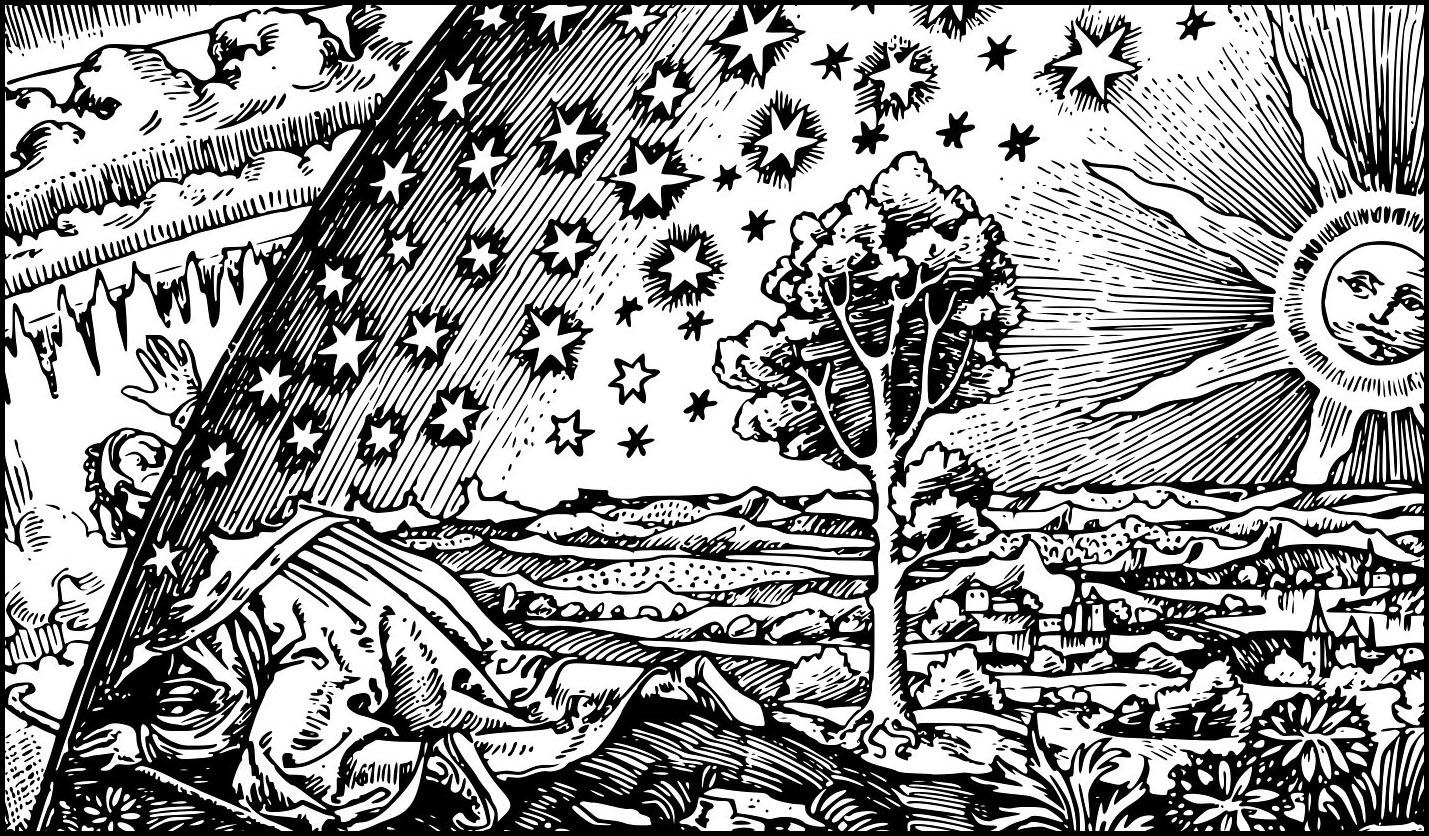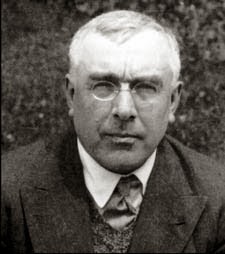In the last months I have spent some time looking for an agent, and ultimately a publisher, for a novel I’ve written. This process means looking at listings of agents to find out what they want in a book. Most agents are fairly specific about the genres (or categories) of books they want to represent, or to put it in their terms: projects that they will be enthusiastic about representing. What I found was that the two most popular categories of books are Young Adult (YA) and New Adult (NA).
Young adult books are for kids in high school and are generally about subjects and people who interest adolescents between the ages of fourteen and eighteen. I knew something about this genre already because I had a friend who wrote young adult biographies. She wrote three or four a year, and through they were all published, none, as far I know, ever sold more than five thousand copies or were ever republished. She explained to me that these books had a form: that the vocabulary was restricted to short and commonly used words and that the story had to tell about a young person’s struggle to find his or her place in the world. Most often these stories were about the formative years of a popular singer or actor and told about their road to success.
New adult fiction is a relatively recent category. I’ve read that some editors still believe that it’s a marketing ploy rather than an actual genre. Protagonists in these novels are supposed to fall within the eighteen to twenty-five-year-old bracket, and the story is supposed to ‘focus on issues such as leaving home, developing sexuality, and negotiating education and career choices.’ In other words, again, on finding oneself and one’s place in the world.
While I was sending out queries, I began to notice that many of the movies that I watched were also about young or relatively young people discovering themselves. A young woman who has a promising (but ultimately empty) life in the city returns to her small-town roots and discovers what really makes her happy—usually love and family. Or a young artist or doctor or detective sticks to their special talent and overcomes rejection and indifference to find happiness in the employment of their unique genius.
At the same time I also heard, on NPR, that one of the most popular shows on television was canceled because its main appeal was to people over fifty-five and that potential sponsors were of the belief that people in this age group would not be open to buying their products. The ‘market wisdom’ is that older people don’t update their products or buy new products because they are set in the ways.
There are many things that are disturbing about this trend of catering to the young, but I guess I shouldn’t have been surprised: America has long been a nation that undervalues experience, clarity of thought, and common sense and overvalues the energy of youth.
Common sense is not so common. ~ Voltaire
The idea of maturation seems to be foreign to the psychology of American culture. We like our heroes to be born courageous and talented, and because of this undervalue another American value, hard work. The great irony of worshiping youth is that time rushes us all into old age and death.
Their writers do them wrong, to make them exclaim against their own succession. ~ Shakespeare
In any event what I began to see in all these examples is that in our culture there are certain attitudes about self and change that run counter to my experience. For instance there seems to be a tacit consensus in the publishing business that the reading of theme-orientated novels is primarily for young people and that it is mainly a tool to help them discover themselves and that adults have no need to read novels, except as a form of entertainment, because they have, supposedly, already found their place in society. As a culture, we have come to believe that the self, after a certain age, has no need, or no capacity, to change. But what this means is that we fail to plumb the potential of self. We stand outside the door of the higher possibility of self and are satisfied with gifts and vices that are like fickle lovers.
The very idea of finding one’s self is problematic because we are never the same. If you think you have found yourself—a solid, unchanging self—wouldn’t that imply that you’ve stopped growing? The laws that govern the way we evolve and change forbid standing still. Either we are growing, becoming lighter and more present, or we are falling backward into a more chaotic and mechanical existence. And perfection, on our level, is a very distant goal. I have met more than a few remarkable men and women in my life, and not one of them that I can remember was satisfied with their present state; they all believed that they could become more conscious, more simple, and more in touch with their inner creative forces.
In some popular spiritual movements the idea of self is denied altogether; it is believed that there is only a universal consciousness and that there is no individuality outside the experience of that consciousness, or rather that individuality outside of God or universal consciousness is an illusion. What is usually described is a kind of cosmic soup where everybody becomes everybody else and nobody is separate. There is a certain truth in this vision, but it skirts the issue of conscious evolution. It is too simplistic in that it suggests that there is no struggle or evolution from our present state to the experience of universal consciousness. It suggests that we can somehow jump from where we are without first creating and casting off multiple selves. Besides it really cannot be denied that we as humans have some capacity to hold together and evaluate experiences and that, at its most basic level, is what having a self implies.
Human consciousness would be no more than a repository of accumulated imprints of varied experiences did it not also contain the principle of ego-centered integration in the attempt to organize and understand experiences. ~ Meher Baba
A child first becomes an individual by asserting his separateness: I want this. I am this, and you are different. He separates himself from his parents and siblings by what he desires. By learning to feed his needs and desires he forms a personality that cares for his body and his emotions. This personality is necessarily selfish. If it were not, the child would not have much chance of survival. Actions and thoughts that feed his needs bring a feeling of self-satisfaction and actions that fail to feed his desires bring a feeling of uncertainty or anxiety. But personality only represents the surface of who we are. There is much that personality does not have access to. And personality cannot know itself. Real knowledge and observation of personality comes only by observing it from a deeper level.
If we take the three basic divisions on our experience—personality, essence, and higher emotional center—we can say that personality cannot observe itself and that it cannot observe essence or higher emotional center. If we are acting from personality, our experience of essence and higher centers will not be available to us. What this means is that when we react from personality, there are parts of our being that are not accessible to us.
In In Search of the Miraculous there is a section in which Gurdjieff tells a group of his students their chief feature. Chief feature or chief fault is the primary weakness of a man’s personality. It can be anything: fear, greed, dominance, self-pity, vanity. Ouspensky writes:
Whenever anyone disagreed with the definition of his chief feature given by G. he always said that the fact that the person disagreed with him showed that he was right.
Think about that for a moment. We are talking about the chief fault of someone’s personality and they are blind to it.
He said to another that his chief feature was a tendency always to argue with everybody about everything. “But then I never argue,” the man very heatedly at once replied.
G. told another of our party that his feature was that he had no conscience. The following day the man came and said that he had been in the public library and had looked through the encyclopedic dictionaries of four languages for the meaning of the word ‘conscience.’ G. merely waved his hand.
To the other man G. said that he had no shame, and he [the man] at once cracked a rather amusing joke against himself.
In my own case when I was told, for the first time, about my chief feature, I responded immediately, “No, anything but that.” But in the next moment I saw it. My reaction was so unexpected that it created a moment of higher centers. I saw my weakness very clearly and saw that, not only was it impeding my spiritual progress, but also that it was ruining my life and keeping me from any chance of being happy. This was not an abstract experience. I felt and saw many different past instances of this weakness at work; they converged together in my mind. I also saw that one part of me had known about this weakness for a long time, only the part that knew, essence, was submerged beneath personality, where I lived most of the time. The sense of being able to see my life from different places or levels inside myself was very strong.
Personality is the way we organize and unify our experiences before we have the possibility of connecting to higher centers. Personality gives direction. Without personality our lives would be aimless in a childlike way. In ordinary life the concept of ‘I’ is primarily a construct of personality. ‘I am angry,’ or ‘I own my car,’ or ‘I am an artist,‘ or ‘I am clever,’ or ‘I help people’ are all examples of the way personality reinforces its illusion of unity and separateness. In actuality these constructs only shelter us from the reality of our similarities and connections with other people. If I think of myself as a businessman, it conveniently allows me to see other people in a particular way. It allows me to think of the people that I meet in terms of my profit. How can I get this person to give me his money, so that it will be my money? You can see how such a picture of oneself limits one’s experience. And it is exactly this kind of self-definition that our educational systems and our popular arts are teaching.
Broadly speaking we can say that our interactions with other people will come from personality, essence, or higher centers. When we interact with other people through personality, we relate through the roles we play: ‘I am the doctor and you are the patient,’ or ‘I am the parent and you are the child,’ or ‘I am the teacher and you are the student,’ or ‘I am young and you are old’ or ‘I am beautiful and you are not.’ Roles are very important to personality. They keep our interactions defined and within certain bounds. It’s a simple, yet unsatisfying, way of interacting.
When we relate to people through their essence, factors like type and center of gravity come into play. A good relationship or marriage is almost always based on essence. In essence we are in touch with all our natural sympathies, attractions, and repulsions, and so these relationships will be more satisfying, but also more volatile. Essence relationships can, for instance, be based on differences that complement one another. This means that the two people will have little in common, but, because of their differences, will ‘complete’ each other. They complement each other because they have the least in common. In essence friendships and relationships there is more of an exchange of energy, but at the same time opening one’s essence to another person requires a certain amount of courage, or at least a willingness to be vulnerable.
When we connect to people through higher centers, we see their possibilities and speak to what they can become. Higher centers bring a world of perception to our interactions with others. We see when they are asleep or when they are awake. In some cases we see what they are hiding from themselves. To look at someone from the higher emotional centers is to see them and, at the same time, to see yourself. And since higher centers bring a longer sense of time, there is the possibility of greater understanding. For instance you may see more than the person in front of you. You may see in their face, in that moment, all their struggles, you may understand that, like you, they are going to grow old and die.
Of course this picture is simplified; in reality one interaction may contain moments of personality, essence, and higher emotional center. Our friendships and relationships can sometimes be simple, but for the most part they’re not.
Though personality is limited, we cannot simply throw it away; we have to retrain it. The main point to understand about personality is that it is programming; that is, opinions, education, and attitudes. Personality can be changed. It can be changed to reflect essence; it can be retrained based on the principles of inner work. This is what Ouspensky called true personality: personality cured of its delusions and fears. This takes time, but the transformation of personality into something passive and serviceable, something that is useful for the education of essence and the experience of higher centers, runs parallel to the work of self-remembering and the transformation of suffering. Personality, essence, and higher emotional center form a triad. By understanding how they interact, you can begin to understand and imagine how your higher self changes and manifests. Higher centers appear when essence, personality and presence have the right relationship to each other. At the beginning personality is active and higher centers are passive, but eventually the higher emotional center becomes the active force, and personality becomes passive. Essence in both these cases is the neutralizing or grounding force.
The feeling of separateness is a great obstacle to any deliberate attempt (like self-remembering) to connect to higher centers, but it is a necessary stage. Essence is incapable of organizing itself and following a line of action. It needs something outside of itself to keep it on track. Eventually higher centers will organize and unify experience for essence, but at first, and for a long time, personality is left to educate and protect essence. The problem is that personality tends to stifle essence in its attempts to protect it. It builds a shell around essence. Impressions go deeper into us when they penetrate essence, which means that in violent or negative situations personality tries to shield essence from harm. In some cases a trauma or a shock is so powerful that personality is forced to erect partitions around the memory of the trauma in order to function normally. But when higher centers begin to work, these traumas will have to be faced and transformed. Increasing consciousness always means more and more inner transparency.
 In the end what is difficult to understand is that though separateness and individuality are illusions, the self does have parameters and responsibilities. In the popular view of the mystical experience, the mystic surrenders his self completely. He merges with God or all that is. But the self, especially at higher levels, must have some ability to resist merging with lower worlds. And it must have some capacity to choose experience. Direct experience of an event, which is what the expansion of consciousness is all about, does not necessitate loss of self. When the higher self intrudes on an event, it doesn’t only become the event; it adds to the event. Without parameters there would be no self at all. And without an element of will connected to consciousness, we would merge so completely with our experiences that we would not be able to continue to retrieve ourselves. In other words we would disappear.
In the end what is difficult to understand is that though separateness and individuality are illusions, the self does have parameters and responsibilities. In the popular view of the mystical experience, the mystic surrenders his self completely. He merges with God or all that is. But the self, especially at higher levels, must have some ability to resist merging with lower worlds. And it must have some capacity to choose experience. Direct experience of an event, which is what the expansion of consciousness is all about, does not necessitate loss of self. When the higher self intrudes on an event, it doesn’t only become the event; it adds to the event. Without parameters there would be no self at all. And without an element of will connected to consciousness, we would merge so completely with our experiences that we would not be able to continue to retrieve ourselves. In other words we would disappear.











Thank you so much for making the effort to share your understanding with us.
Tell me ‘your’ name…
It’s William Page. It’s in the About page.
Remarkable. Thank you, William – for providing verifiable and definite indications that there are people with a fresh and original perspective towards esoteric knowledge in the world today. It seems to me that almost all of the available material regarding The Work focuses on the golden era of Gurdjieff and Ouspensky, which is of course invaluable – but there is no doubt in my mind that creating new channels of knowledge and insights relevant to today’s society is imperative if future generations are to carry the efforts of my our predecessors forward.
As I read it, I see it. Thank you, William. You’re a wonderful teacher.
Thank you
I refer to the bindings of personality on essence as “knots in one’s thinking.” From my own experience, I found that a lot of the things holding me back were attitudes I had to confront at the source, challenge, and reason out of, the process of “untying the knots.” This is where friends/schools/groups come in handy; sometimes you need the dialectic with someone else to loosen the knot, but the work untying it can only be done by oneself. I wrote about that here: https://medium.com/@jennyasencio/know-thyself-2ed0648311c3 but I’ve been reading you for years and you’ve certainly guided me on my own work.
Lovely.